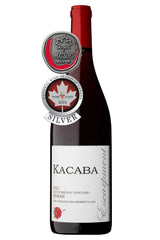Malbec
Malbec wine is a bold, fruit-forward red that originated from France, where it was traditionally used in Bordeaux blends. This purple grape has since found a new home in Canadian winemaking, where its versatility truly shines. Known for notes of dark fruit, spice, and earth, Malbec thrives in cooler climates like British Columbia and Ontario. Canadian Malbec wines are excellent for both sipping and pairing with food. Discover your next favourite Malbec bottle right here.
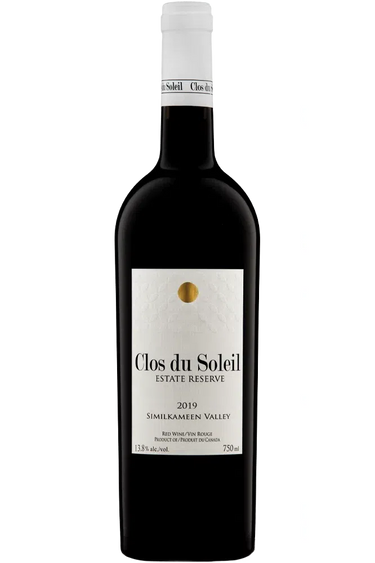
Quick view 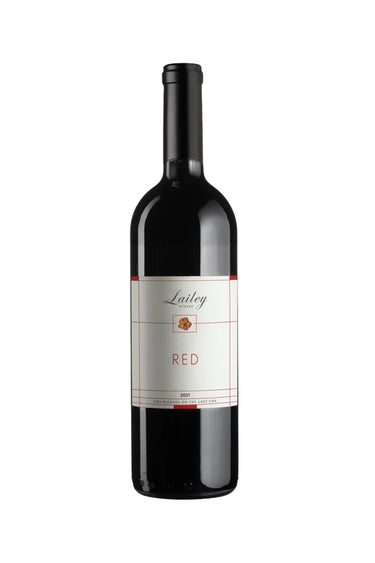
Quick view 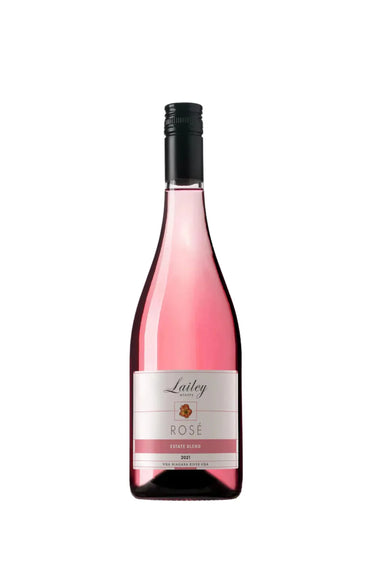
Quick view 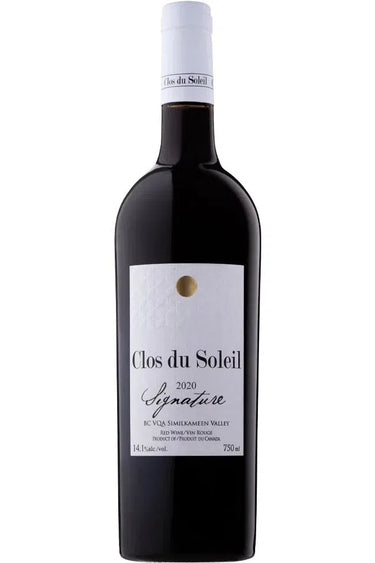
Quick view 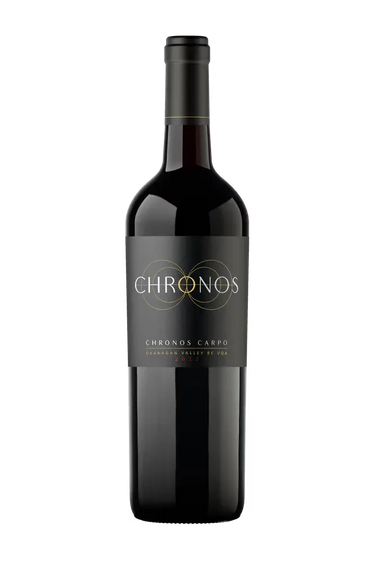
Quick view 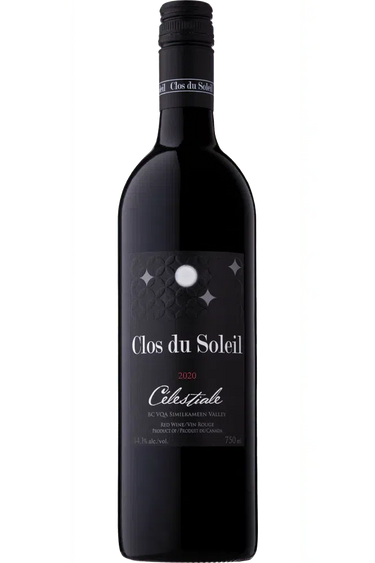
Quick view 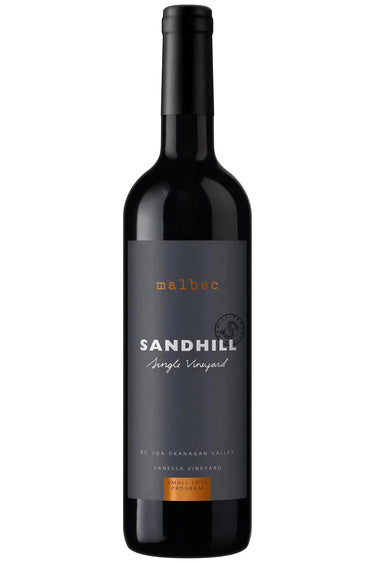
Quick view 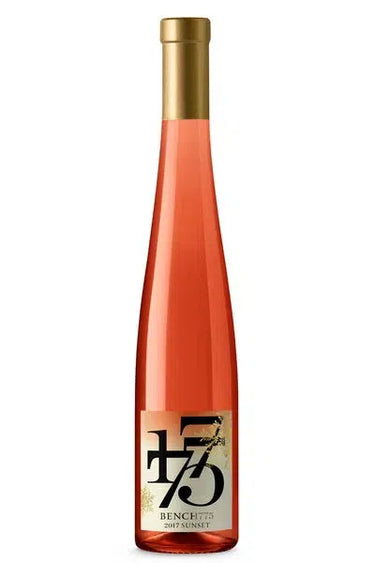
Quick view 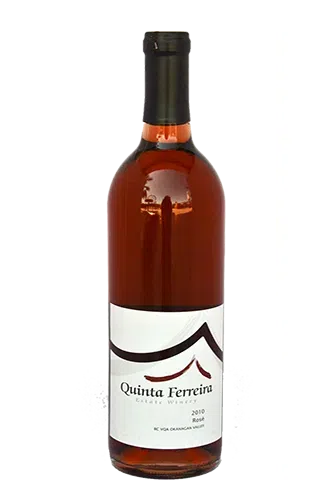
Quick view 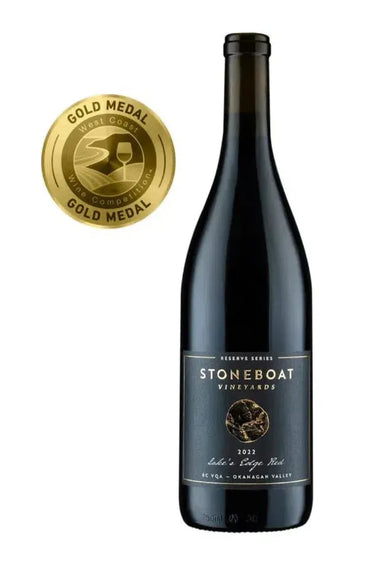
Quick view 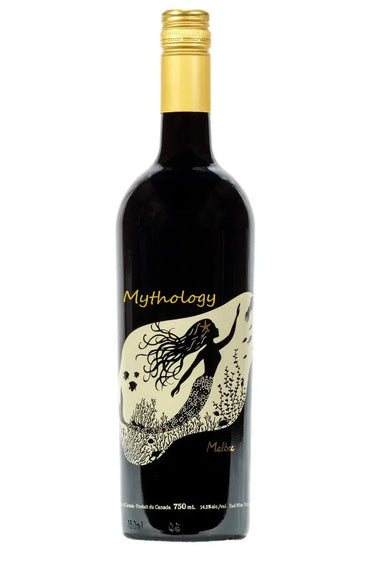
Quick view 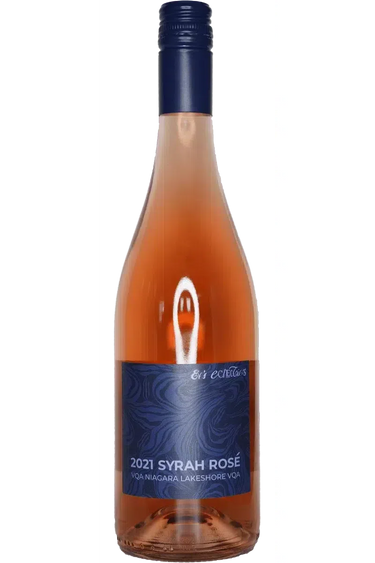
Quick view 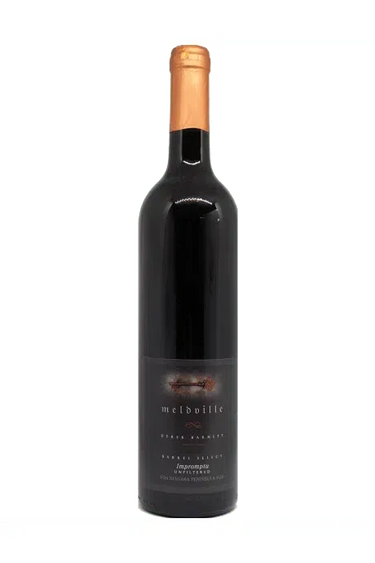
Quick view 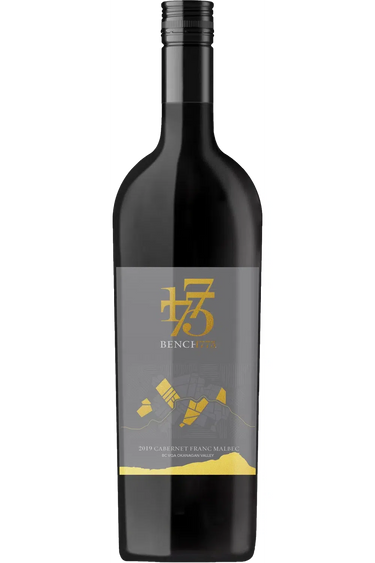
Quick view 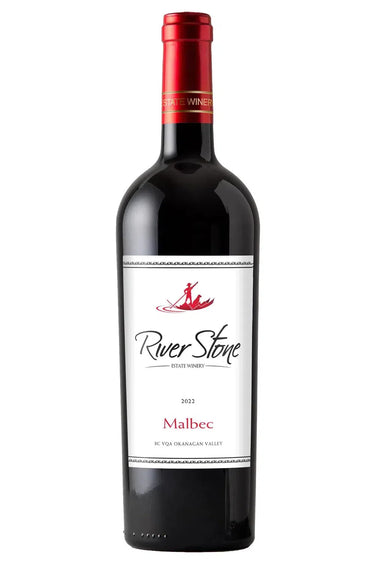
Quick view 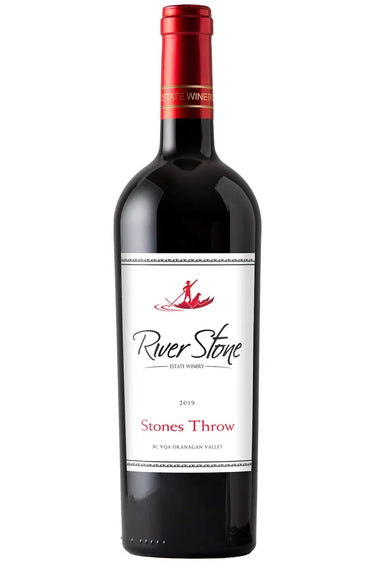
Quick view 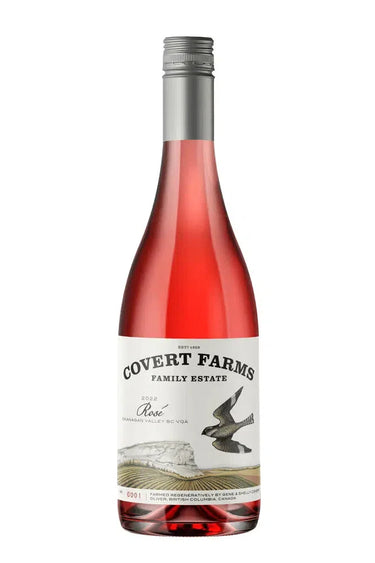
Quick view - Limited Edition VintageSommelier Approved
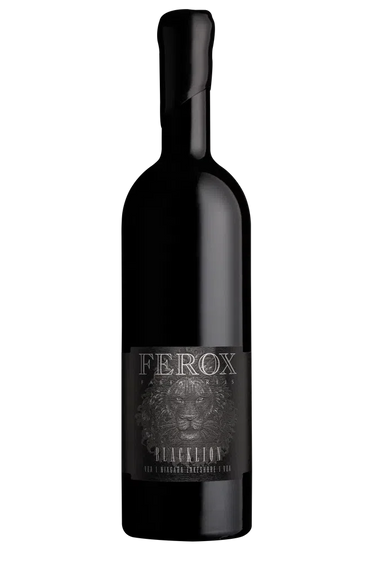
Quick view 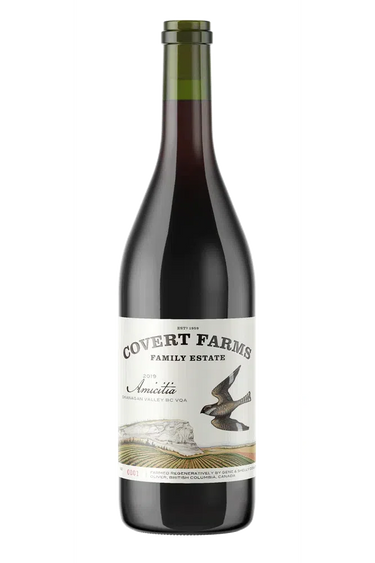
Quick view 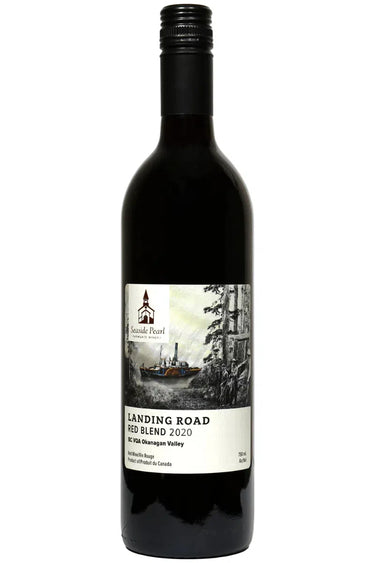
Quick view -
The History of Malbec Grapes
Malbec grapes, which originated in France’s Bordeaux region, are known for their deep colour and full-bodied structure. Once a staple in French blends, Malbec later became Argentina's gem in the wine industry. Recently, Malbec has been gaining traction in Canada.
The Malbec Tasting Experience
You will recognize Malbec wine by its bold flavours. Malbec has a deep colour, ranging from deep ruby to purple.
Aromas can include dark fruits, such as blackberry, plum, and black cherry, plus you may pick up on notes of chocolate, coffee, tobacco, leather, and spice -- offering a complex tasting experience.
The wine's medium acidity balances its richness and tannins, contributing to its freshness. Tannins provide structure and texture, contributing to a smooth mouthfeel and moderate finish.
Overall, Malbec is a dry, full-flavoured red wine with a smooth texture and a satisfying finish. Its ripe fruit, smooth tannins, and balanced acidity make it approachable and enjoyable.
British Columbia: A Hotspot for Canadian Malbec Wine
British Columbia’s Okanagan Valley is leading the charge in Canadian Malbec wine production. With its dry, warm summers and diverse soil compositions, the Okanagan region provides an ideal environment for growing Malbec grapes. Here, the region’s long growing season allows the grapes to develop deep, concentrated flavours, often featuring notes of blackberries, plums, and spice.
Several wineries in the Okanagan Valley, such as Stoneboat Vineyards and Bench 1775, craft high-quality Malbec wines that rival some of the best from Argentina and France. These wines are typically rich, with a velvety texture and a balance of acidity and tannins.
Ontario: Emerging Potential for Malbec Wines
Ontario’s Niagara Peninsula has also seen success with Malbec grapes. Though the region’s climate poses challenges for ripening this late-season grape, winemakers produce limited but high-quality Malbec wines through careful site selection and vineyard management.
Some Ontario wineries, like Redtail Vineyards have experimented with Malbec, often blending it with other bordeaux varietals like merlot and cabernet franc. These Ontarian Malbec wines tend to have more red fruit notes, with hints of dark cherry, cocoa, and a touch of earthiness reflective of the region’s terroir.
The Future of Malbec Wines in Canada
While Canadian Malbec wine is still relatively new, its future is promising. As Canadian winemakers continue to innovate – and with the growing interest in bold, structured red wines – Canada’s fresh take on this classic varietal will soon “wow” the wine enthusiast community across the country.
Frequently Asked Questions
What does Canadian Malbec wine taste like?
Canadian Malbec, especially from regions like the Okanagan Valley in British Columbia, has a medium-to-full-bodied profile with vibrant fruit flavours. Notes of dark berries such as black cherry and plum are often accompanied by spicy undertones like black pepper, and sometimes a hint of mocha or chocolate. Some Canadian Malbecs showcase earthy notes and herbal nuances. Compared to Argentinian Malbec, Canadian Malbec might be slightly lighter in body and brighter in acidity due to the cooler climate.
How to store Malbec wine?
Store your Malbec at a cool and consistent temperature, ideally between 10-18°C (50-65°F). Avoid temperature fluctuations and light exposure, which may damage the wine. Maintain moderate humidity (50-70%) to prevent the cork from drying out and letting air in.
Can I age Malbec wine? When is the ideal time to drink it?
Yes, you can age many Malbec wines, but aging potential varies. Well-structured Malbecs, those with high tannins and acidity, can age for 5-10 years or even longer. However, most Malbecs are best enjoyed within 3-5 years of their vintage. Canadian Malbec often has brighter acidity, and may benefit from a few years of aging to soften tannins and develop complexity. Lighter, fruit-forward styles are typically best consumed younger.
What foods pair best with Malbec wine?
Malbec is a versatile wine that pairs well with a variety of foods, especially grilled and roasted meats.
- Meats: Steak, beef ribs, roasted pork tenderloin or pork chops, and other grilled or roasted red meats are classic pairings. Malbec also complements gamey meats like lamb and venison.
- Smoky Flavours: Dishes with smoky flavours from grilling, barbecuing, or smoking can enhance Malbec's flavours.
- Cheeses: Stronger cheeses like blue cheese, aged cheddar, and Gouda are good matches.
- Vegetables: Roasted root vegetables, mushrooms, and bell peppers, complement Malbec.
What makes Canadian Malbec wine unique?
Canadian Malbec possesses unique characteristics due to Canada's cooler climate and terroir, compared to Argentina.
The Niagara region often leans towards red fruit characteristics, such as raspberry and red currant. The Niagara terroir, with its mix of clay, limestone, and shale soils, can impart earthy and mineral notes to the wine.
The Okanagan Valley is generally warmer and significantly drier than Niagara, resulting in riper fruit and more concentrated flavours in Okanagan Malbec. Okanagan Malbec showcases intense dark fruit flavours like blackberry, plum, and black cherry, often with a jammy or stewed fruit character due to the warmer summers. There can be pronounced spicy notes, adding complexity and warmth. The Okanagan Valley's terroir of glacial soils, volcanic rock, and sandy loam imparts a distinct mineral character to the wine.

